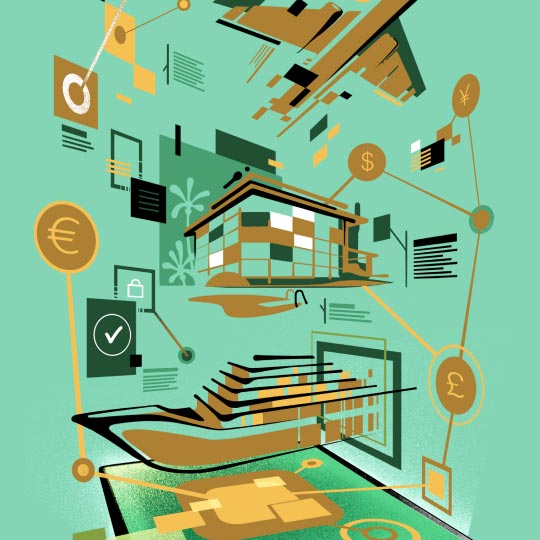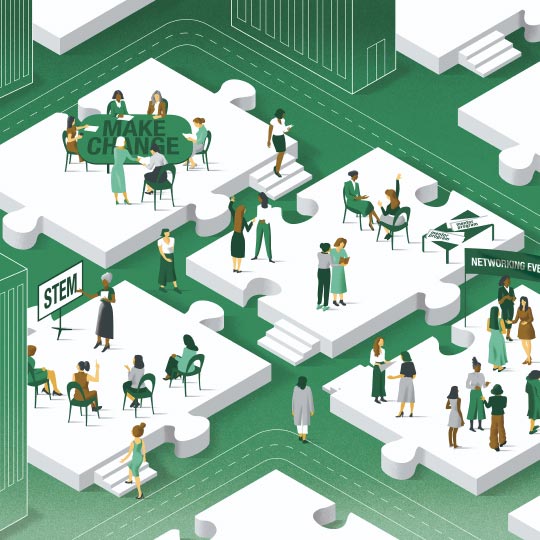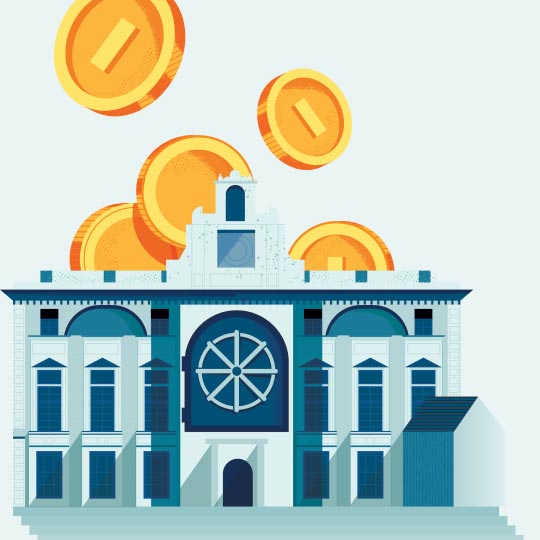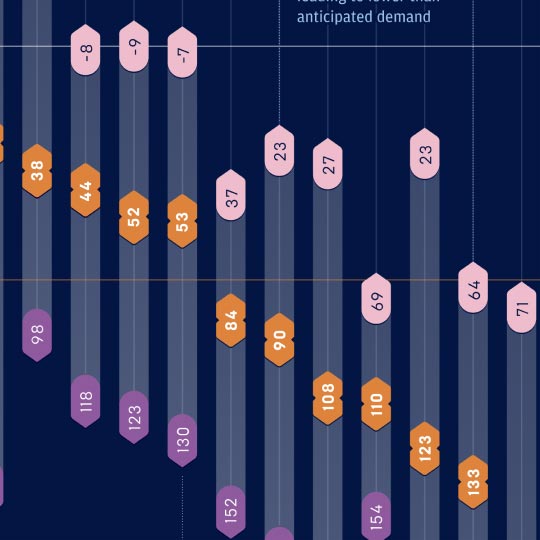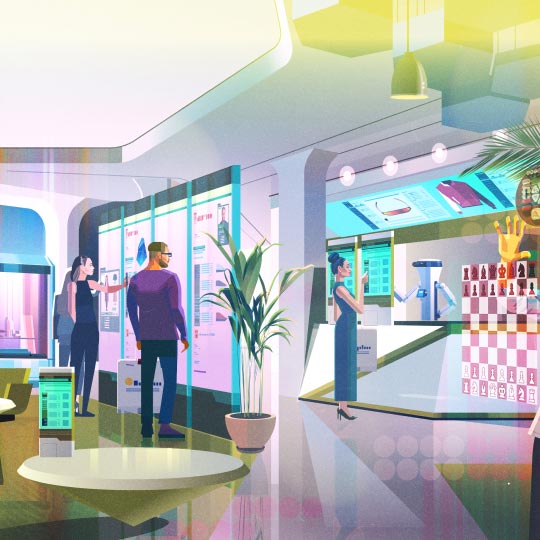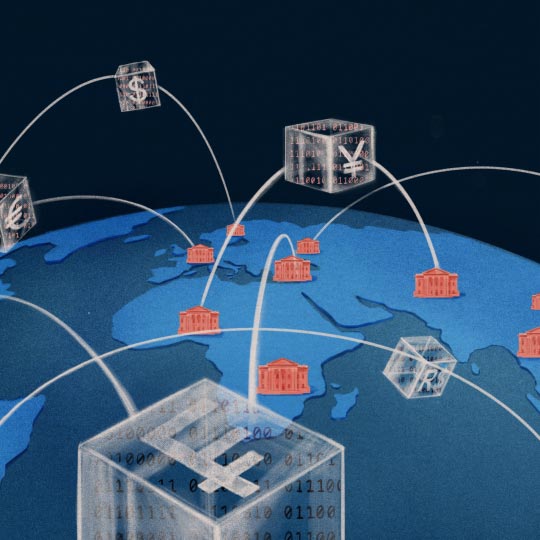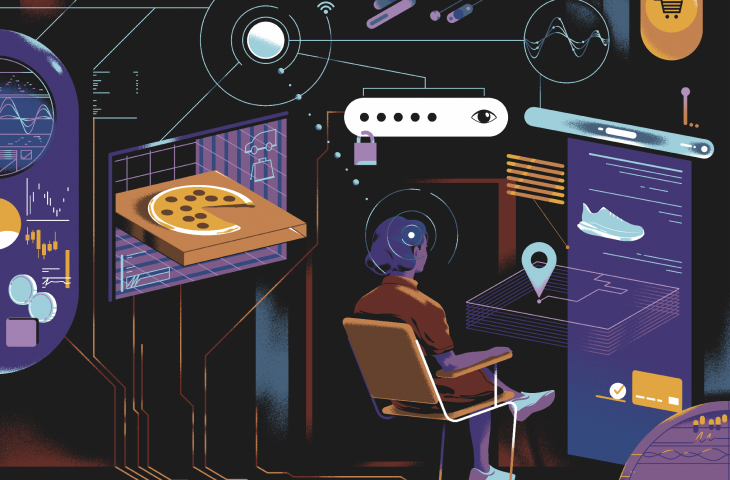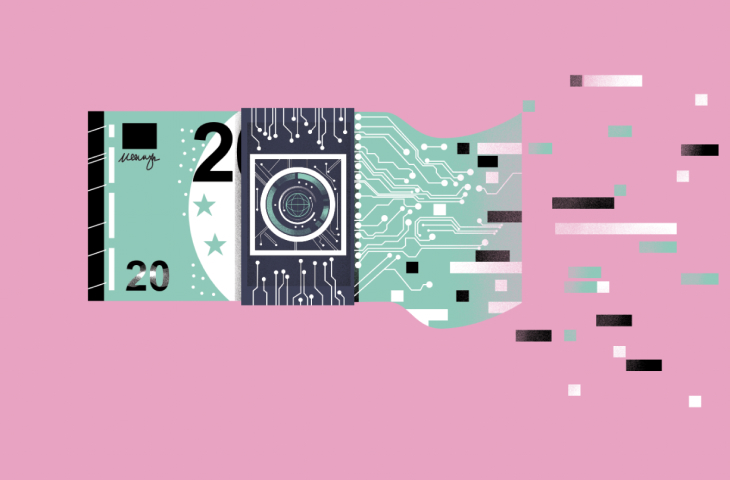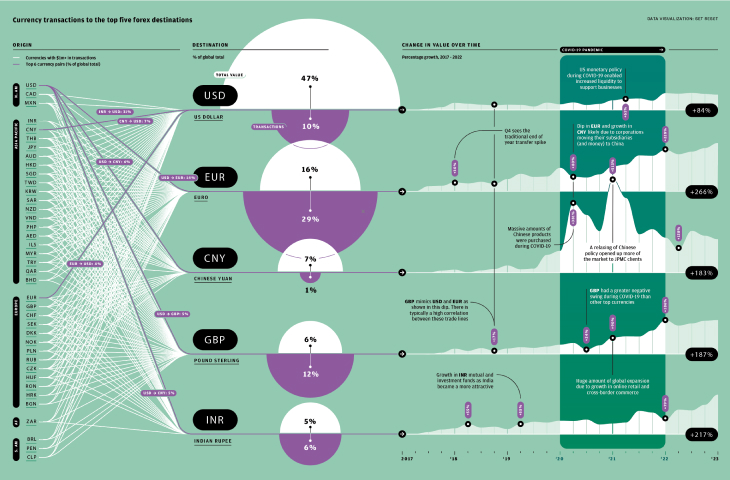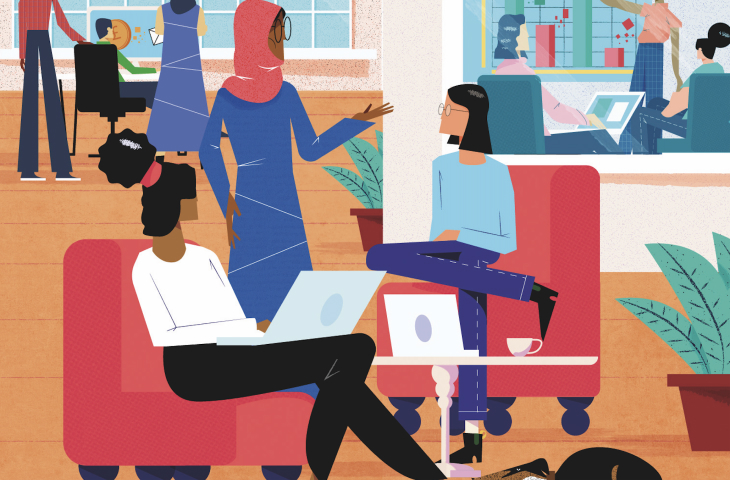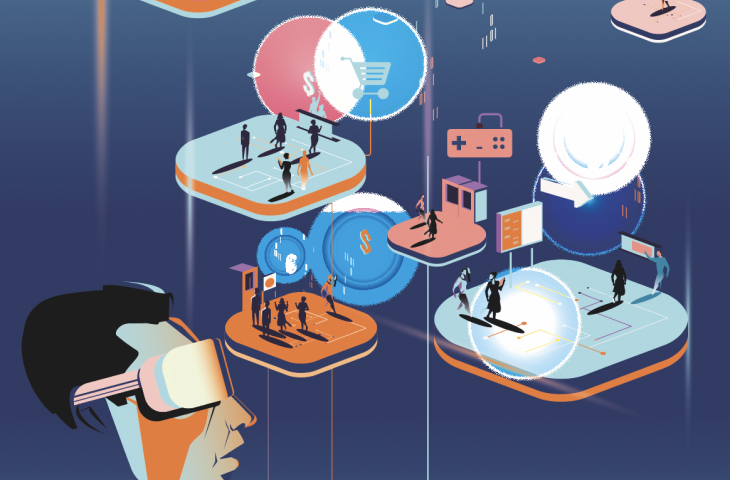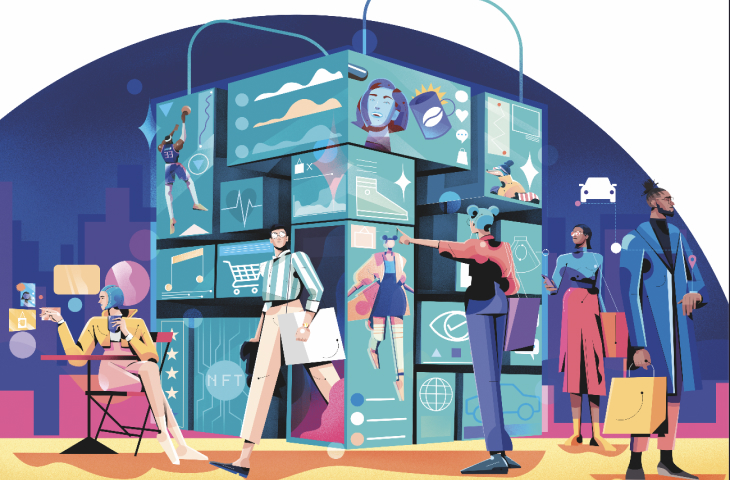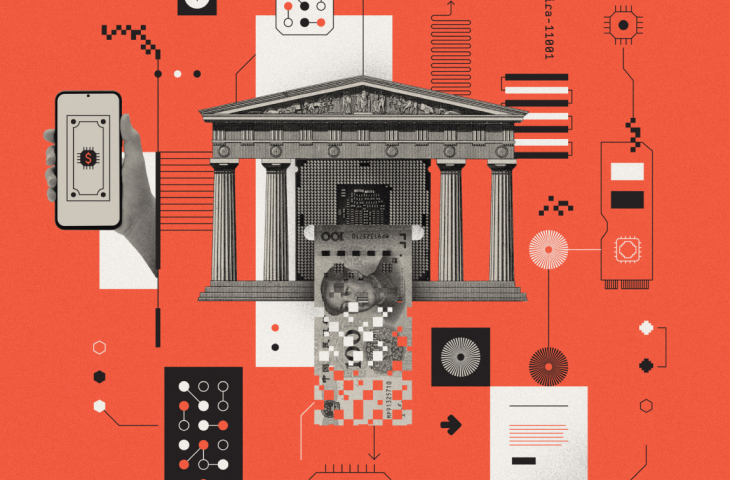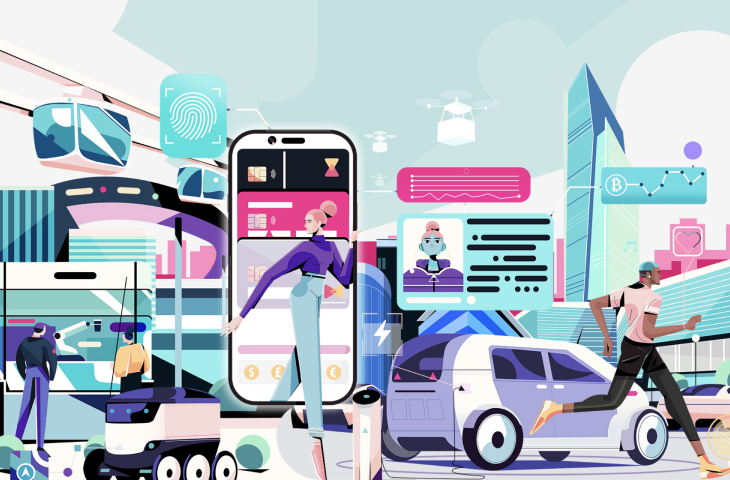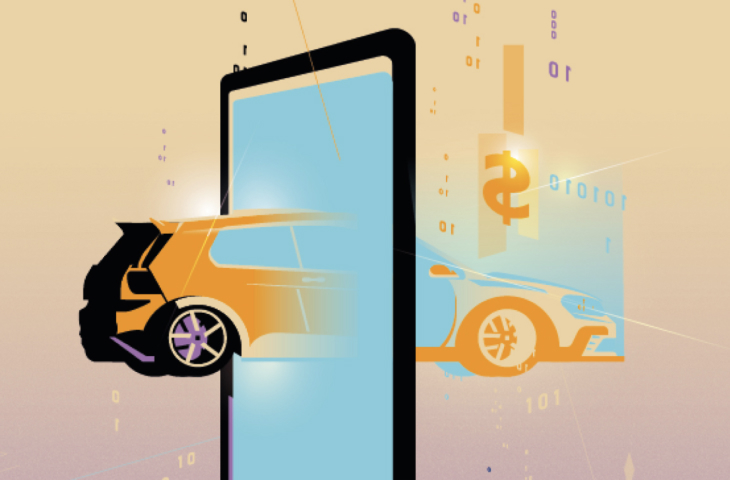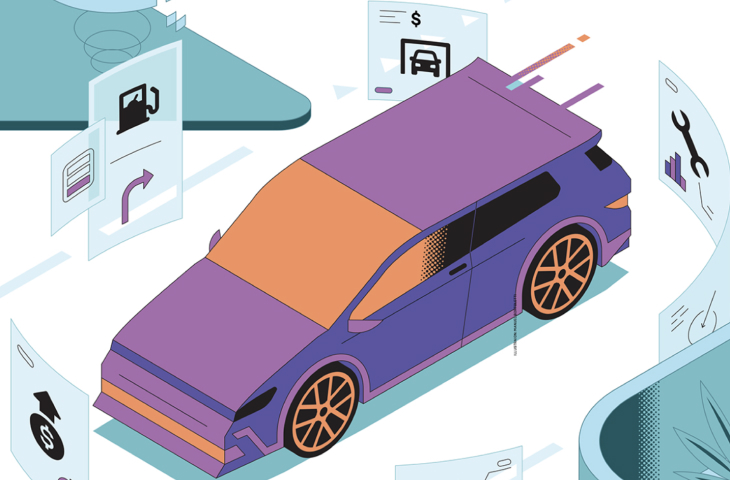THE RISE OF THE SUPER-APP
Today, the total value of online marketplaces is over $2.2 trillion. By 2025, online marketplaces will account for 40 to 50 percent of online spending, with growth in the double digits. In short, they could become the main way people purchase goods and services online. But how did we get here?
Retail was one of the first sectors to embrace the transformative potential of the internet—indeed, the first generation of online platforms, such as Amazon and eBay, helped to pioneer the third-party marketplace concept. As digital technology developed, the nature of these marketplaces diversified, with industry-specific options emerging—for automobiles, say, or room rentals—and, in Asia, the rise of super-apps.
These vast, mobile-based marketplaces sell a range of products and services from different vendors through a single user-interface. Singapore-based Grab, for example, started with taxis, but has now expanded to offer food and grocery deliveries, as well as financial services such as insurance and payments. Like most super-apps, Grab offers a single digital wallet, allowing customers to easily transact across all different types of services. They can then be offered discounts, loyalty points and targeted product offers, based on their user data and preferences. This keeps them hooked in the ecosystem and starts the cycle again.
Super-apps create an incredibly “sticky” experience, and this is why an estimated one in three of the world’s population is a user. They remain a hot topic of conversation, as companies in the West would like to emulate the success this model has enjoyed in the East. Take PayPal, for example, which is branching out from payments to bill settlement, crypto transactions and shopping. As other tech companies make forays into the do-it-all app space, analysts are predicting that, in the near future, we’ll see them battle to be the go-to platform for consumers. And no wonder: If a tech company can “own” such a large chunk of a user’s online activity, the business opportunity is vast. The question, of course, is will users actually want it?
BRAND-BUILT MARKETPLACES OPEN FOR BUSINESS
One emerging marketplace model that already has plenty of proof points, however, is ‘brand-built marketplaces’. As businesses expand their digital capabilities, they have realized that they no longer need to passively use another company’s platform—they can simply build their own. Take US retailer Macy’s, which has recently launched its own “curated digital marketplace” connecting consumers with products from hundreds of third-party brands.
“We can accelerate our digital experience by offering more purchase points, more brands, more categories. It’s really about how we can show up best for our customers,” says Josh Janos, Vice President of Marketplace at Macy’s Inc. “If they are interested in more sustainable products, we can add brands that specialize in that; if there is ongoing demand for outdoor gear, we extend the season and can meet that.”
But for many consumer goods companies experimenting with this model, the play is not about selling to consumers at all. Instead, they’re targeting their base of small retailers. As Manish Jain, Global Head of Consumer Goods and Retail Industries at J.P. Morgan Payments, explains; “It’s all about digitization of B2B. You have corner stores, small retailers, bodegas, who are selling toothpaste, soap, cereals, all those kinds of things. They can now replenish their inventory much more efficiently via online marketplaces.”
THE B2B OPPORTUNITY: DIGITIZING SMALL BUSINESSES
AB InBev, the world’s leading brewer, is connected to millions of retailers around the world. In 2020, the company launched BEES, its proprietary B2B e-commerce platform designed to improve the livelihoods of small-and-medium sized retailers and accelerate the performance of suppliers on the platform. BEES brings retailers from transacting with pen and paper and cash into the digital age; by closing this digital inclusion gap, BEES has enabled AB InBev to better serve business owners, accelerate its business and create new revenue streams.
Now live in 20 markets and 3.1 million monthly active users, BEES transformed a limited, analog sales model into a digital experience that puts the needs of retailers first. “Through BEES we’ve put the catalog in the hand of the retailer so they instantly have the ability to see a full portfolio of products that they can purchase. They have transparency over all the pricing and promotions that they didn’t have before. Importantly they can order at any time, when it’s convenient for them, not necessarily only when the sales rep shows up.” says Nick Caton, Chief B2B Officer at AB InBev.
The elevated user experience ignited demand to access a greater variety of products, spurring BEES’ transformation into a true marketplace. The platform currently offers thousands of third-party products across multiple categories from more than 200 partner companies. The marketplace model creates a win-win situation for AB InBev. BEES provides a better experience for retailers, improving brand perception and loyalty, while generating close to one billion USD in net revenue, all incremental to AB InBev’s business.
Business-to-business marketplaces also enable innovation in financial solutions and services. Consumer goods companies typically extend credit to their retail partners, but it can take weeks or months to approve these loans. With BEES, AB InBev can take a different approach and reduce wait times from weeks to hours. “Because we have a greater connection with our retailers on the platform, we can now apply machine learning and other algorithms to better assess risk which enables us to grant credit more widely and with lower risk, helping solve a big bottleneck for growth of their business,” says Nick.
What’s more, a digital platform makes it easy for consumer goods companies to move away from the typical invoice model, replacing it with more dynamic options. Shops can opt for split payments, say, or receive automated discounts for early settlements. In emerging markets, simply having a digital payments option in the first place can be transformative. Many small businesses in those markets still rely on cash for B2B transactions, and these platforms can incorporate alternative payment methods that are suited to their situation. Consider PIX, for example, which was developed by the Brazilian Central Bank. This instant payment service allows users who don’t have a regular bank account to scan a QR code and then pay via a digital wallet. Reducing the need for physical cash handling can be a major benefit for small stores, as it may reduce risks, such as the threat of robbery.
It is arguably what customers can learn from their own data that’s the most important benefit of a brand-built marketplace. A physical shop may have 3,000 products to manage. The marketplace owner can analyze orders across the platform and provide that shop with insights into which products are selling well for other, similar types of outlets. The data also makes it possible for the marketplace to predict when an item might run out and encourage stores to re-order ahead of time. This type of business intelligence can be invaluable for small retailers and helps lock them into the network.
BEES’ data stack warehouses billions of monthly data points to enable personalized shopping recommendations and event-based messaging. “We provide personalized insights to our retailers to educate them on how they can better manage and grow their business,” says Caton. “It’s a win-win because our business thrives when their business thrives.”

